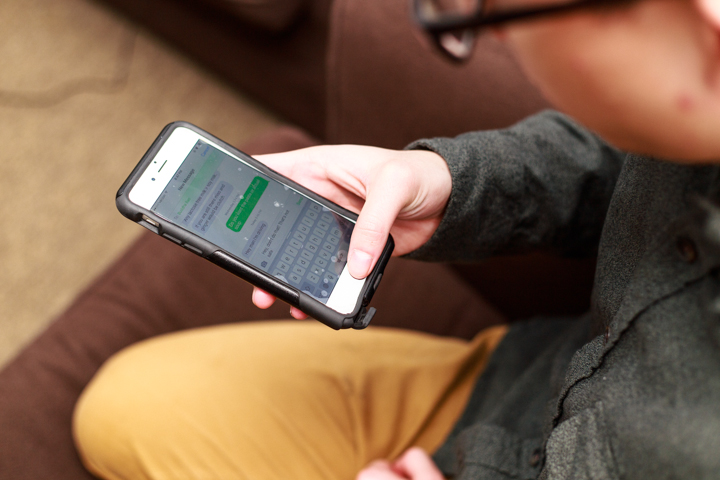A recent University of Maryland public health school study revealed that 52 percent of students surveyed said they have texted and driven at least once in the past month, and they were more likely to do so if they saw their significant other doing it.
“The thing that did not surprise me was that the texting driver also engages in other forms of risky driving,” said Kenneth Beck, a behavioral and community health professor and leader of the study. “The thing that did surprise me was that over half of our participants said that they have driven while texting in the past month. This is a prevalent problem.”
The study, which was funded internally by the school’s Designated Research Initiative Fund and is published in the journal Transportation Research Part F: Traffic Psychology and Behaviour, surveyed 861 students and is estimated to have cost about $10,000, Beck said.
Prior to the survey — which is based on 2014 data — there were a series of student focus group interviews that helped develop the survey questions used within this study, Beck said.
“They told us in our focus group interview study that they are strongly attached to their cellphone and consider it rude not to respond to an incoming call from one of their friends, even if they are driving,” Beck said. “Obviously, they see very little risk in doing so while driving, and greater social risk if they do not.”
And although using a cellphone while driving is illegal, Beck said, it’s an under-enforced crime.
“People don’t see the risk in this behavior compared to drinking and driving,” Beck said. “They seem to have gotten the message that one should not drink and drive, but they have not yet got the message that one shouldn’t text and drive.”
Elizabeth Baker, a National Highway Traffic Safety Administration regional administrator, said the association is addressing the issue with various initiatives, such as encouraging states to work with law enforcement to enforce texting and distracted driving laws; promoting the national campaign, “Phone in One Hand. Ticket in the Other,” to make people understand that police are enforcing the law; and promoting social norming, which encourages people to tell friends that texting while driving and distracted driving are unacceptable.
“All forms of distraction can be dangerous, but texting is especially dangerous because it involves all three forms of distraction — manual, visual and cognitive,” Baker said. “It’s a recipe for disaster.”
Accounting graduate student Rasheed Ojuko said he is not surprised by the study’s results.
“Although I think texting while driving is contagious, it would be interesting to know the percentage of students that would still text and drive if their friends got involved in a texting-while-driving accident,” Ojuko said.
With most people learning to drive at a young age, there should be a push for more preventative methods that resonate with today’s youth, said Ellen Levine, a junior English and psychology major.
“I remember a lot of PSAs about not texting and driving,” she said. “Some of them honestly seemed too sentimental, old-fashioned and over-the-top.”
Although the PSAs had real people, Levine said, “it was hard to take them seriously.”
“Maybe if the videos showed events and emotions in different ways, kids would respond better,” she said.
Now that this university has the data, Beck said, the next step is to determine the specific traffic contexts in which people text and drive, whether it’s on familiar roadways, at a stop or in slow traffic.
“My hope is that we will have proper evaluations of these endeavors so we can derive evidence-based approaches for prevention,” Beck said.



